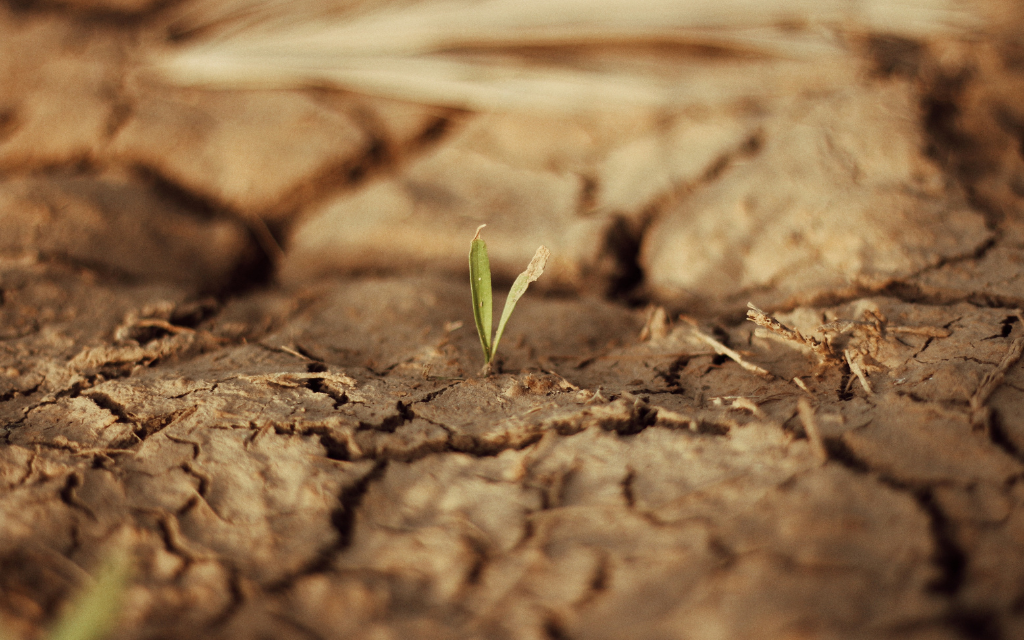Drought and extreme heat are impacting Europe’s 2025 growing season, with key potato-growing regions facing serious challenges. Uneven weather patterns highlight the urgent need to safeguard plant health and water resources.

As Europe enters the peak of the 2025 growing season, the effects of prolonged drought and unusually high temperatures are becoming increasingly visible. According to the Drought in Europe – April 2025 report from the European Commission’s Joint Research Centre (JRC), low rainfall, dry soils, and shrinking rivers are placing serious pressure on ecosystems, agricultural production, and transport networks across large swathes of the continent.
In the first three months of this year, warmer-than-average weather was present in most of Europe. In some parts, the temperatures were more than 3°C above normal.
March 2025 marked the driest March ever recorded in Germany, and on 12 April, the Rhine River in Cologne dropped to just 1.54 metres, which is roughly half the typical level for the season.
The soil moisture from late March paints a stark picture: large parts of the eastern Mediterranean and northern Africa are already under significant drought stress, with similarly dry anomalies spreading across northern Germany, the Benelux countries, Denmark, and southern Scandinavia.
These climate trends have particularly serious implications for potato growers across Europe. Potatoes are a water-sensitive crop, especially during key growth stages like tuber initiation and bulking. Insufficient soil moisture and high temperatures during spring and early summer may have an impact on potato yield and quality.
Regions such as northern Germany, Belgium, the Netherlands, and France, which are among the major hubs for potato production, are already under pressure. Growers may face increased irrigation demands.
Interestingly, while most of Europe is grappling with drought, Portugal, Spain, and parts of France experienced a rainy winter, and northern Italy had a wetter-than-normal spring. In some of these regions, however, heavy rainfall has brought its own set of challenges, such as flash floods and infrastructure damage, and has once again affected agriculture, albeit in different ways.
In conclusion, the 2025 drought developments are a strong reminder of how interconnected climate, water, and agriculture are, and why protecting plant health and water resources is critical for food security and sustainability across Europe.
For more, see the JRC article HERE.